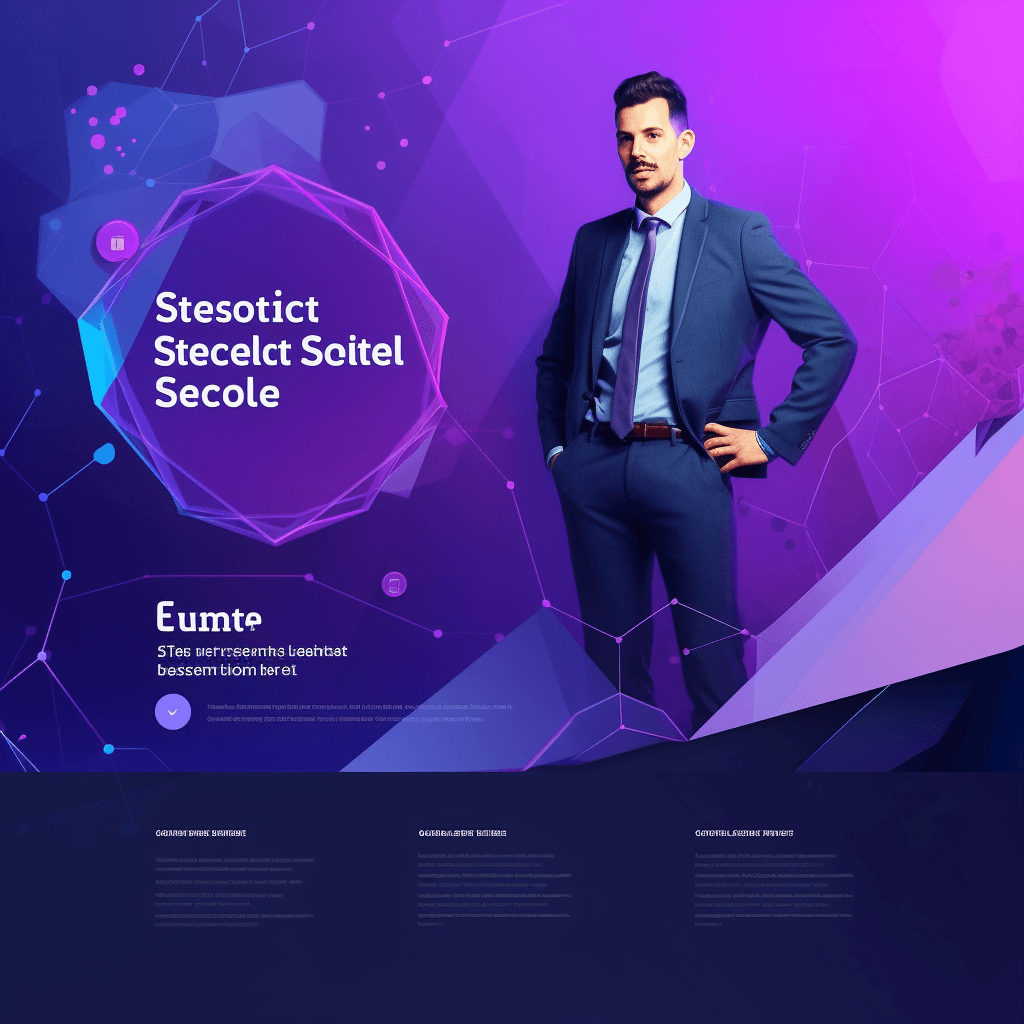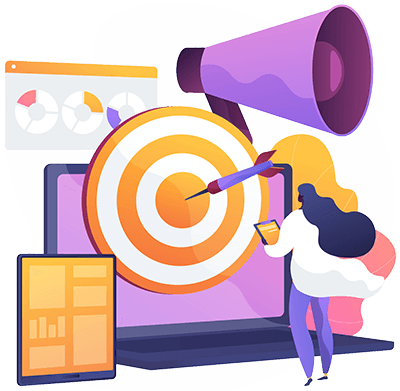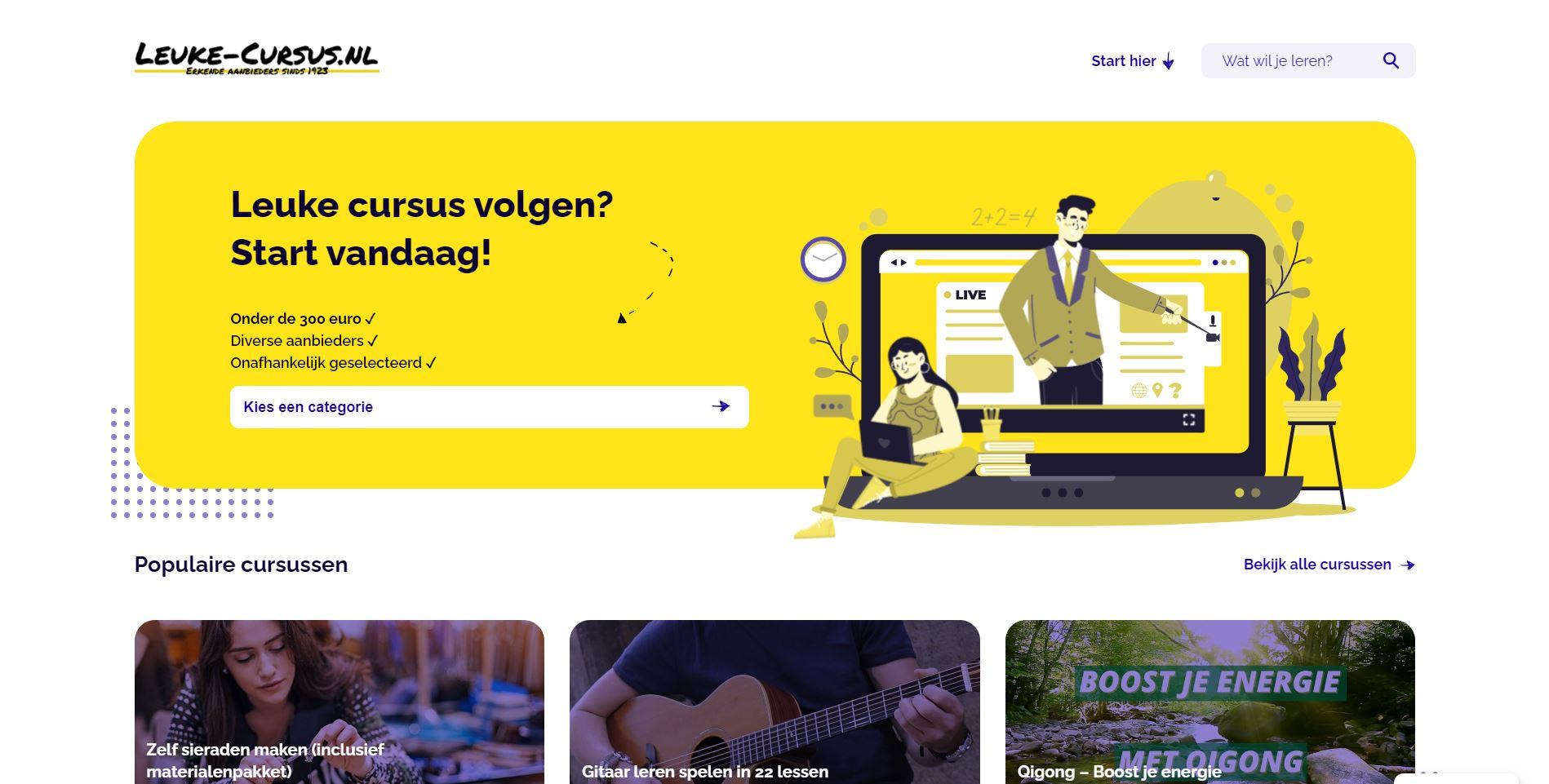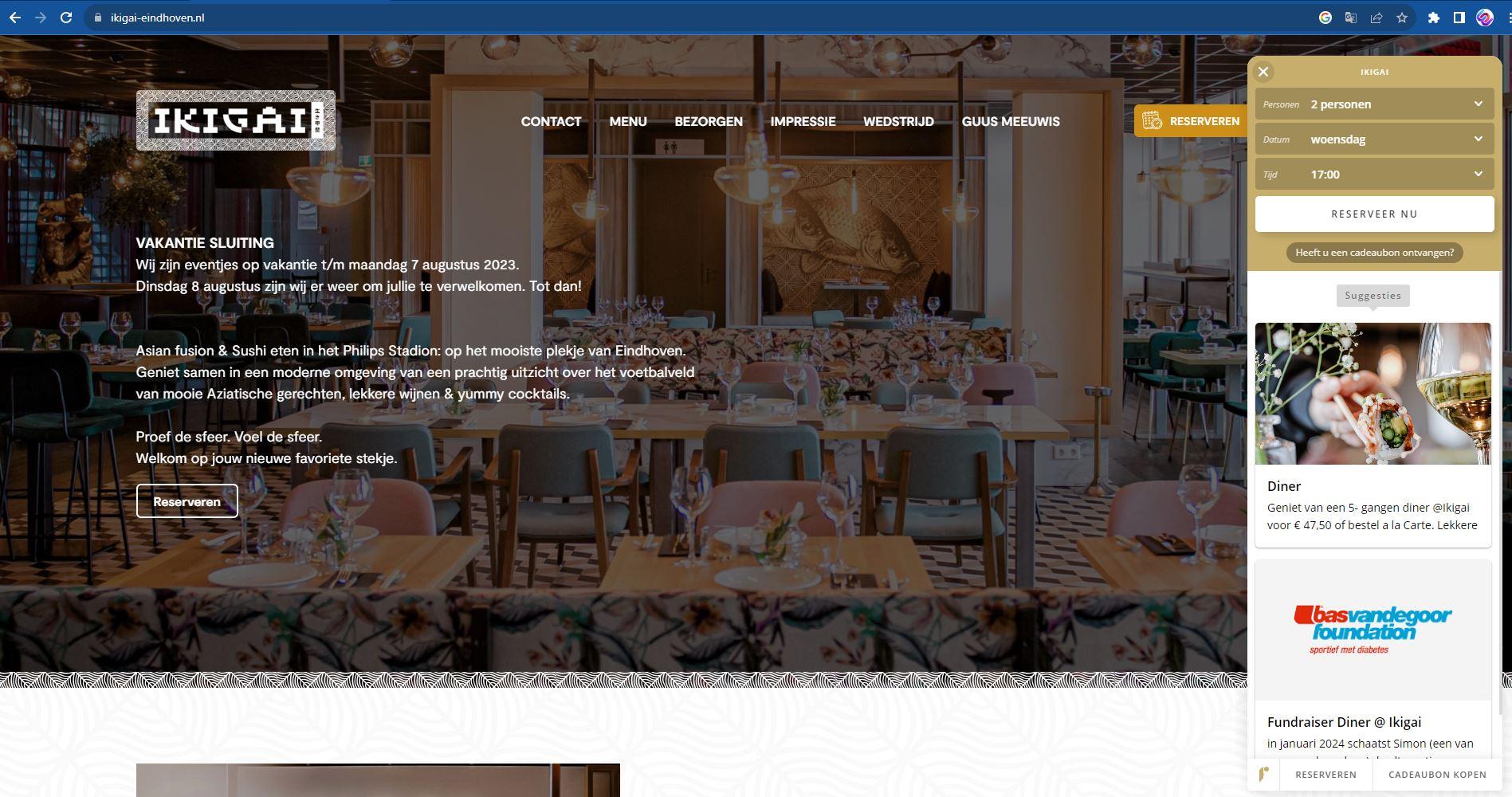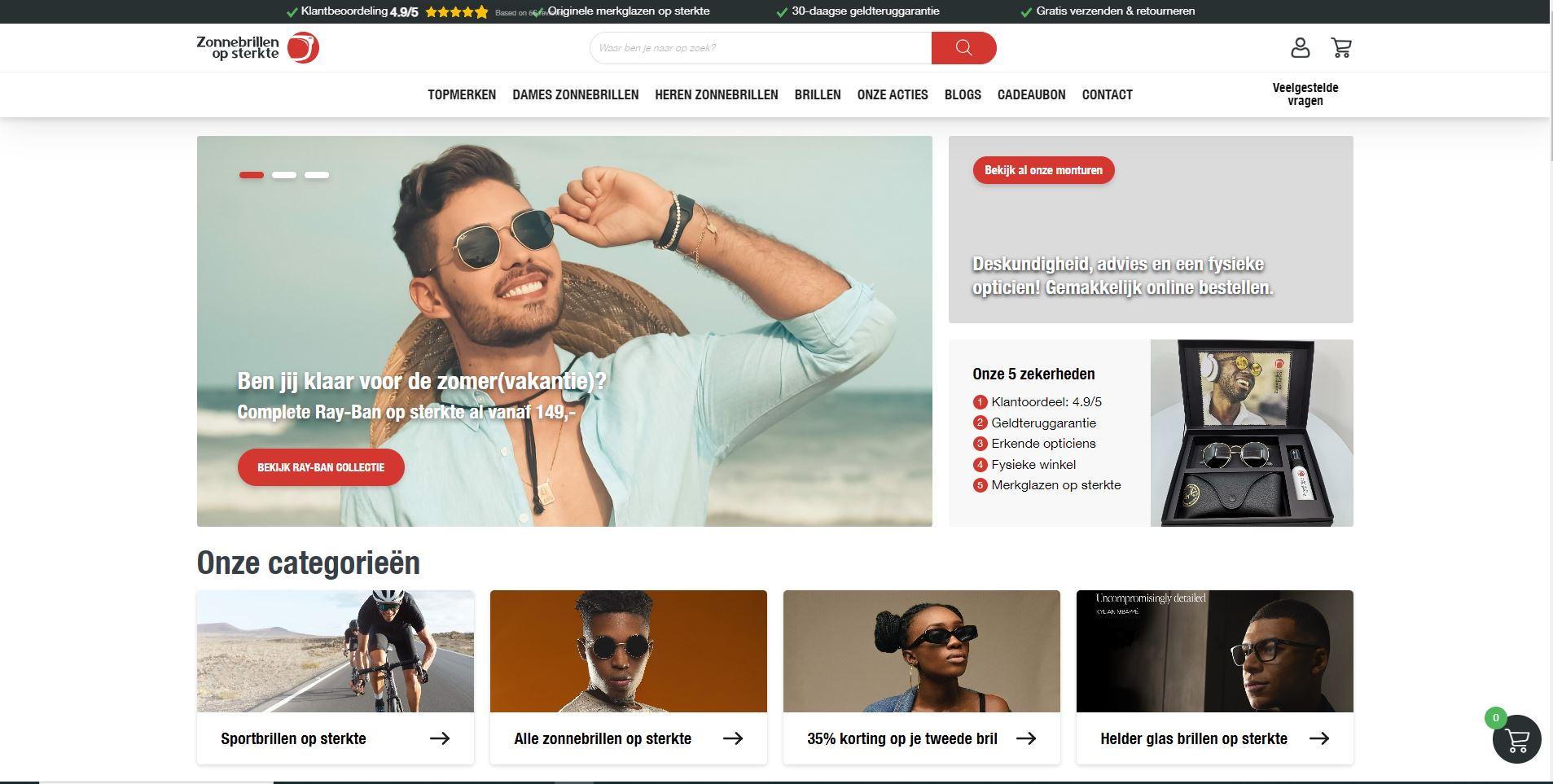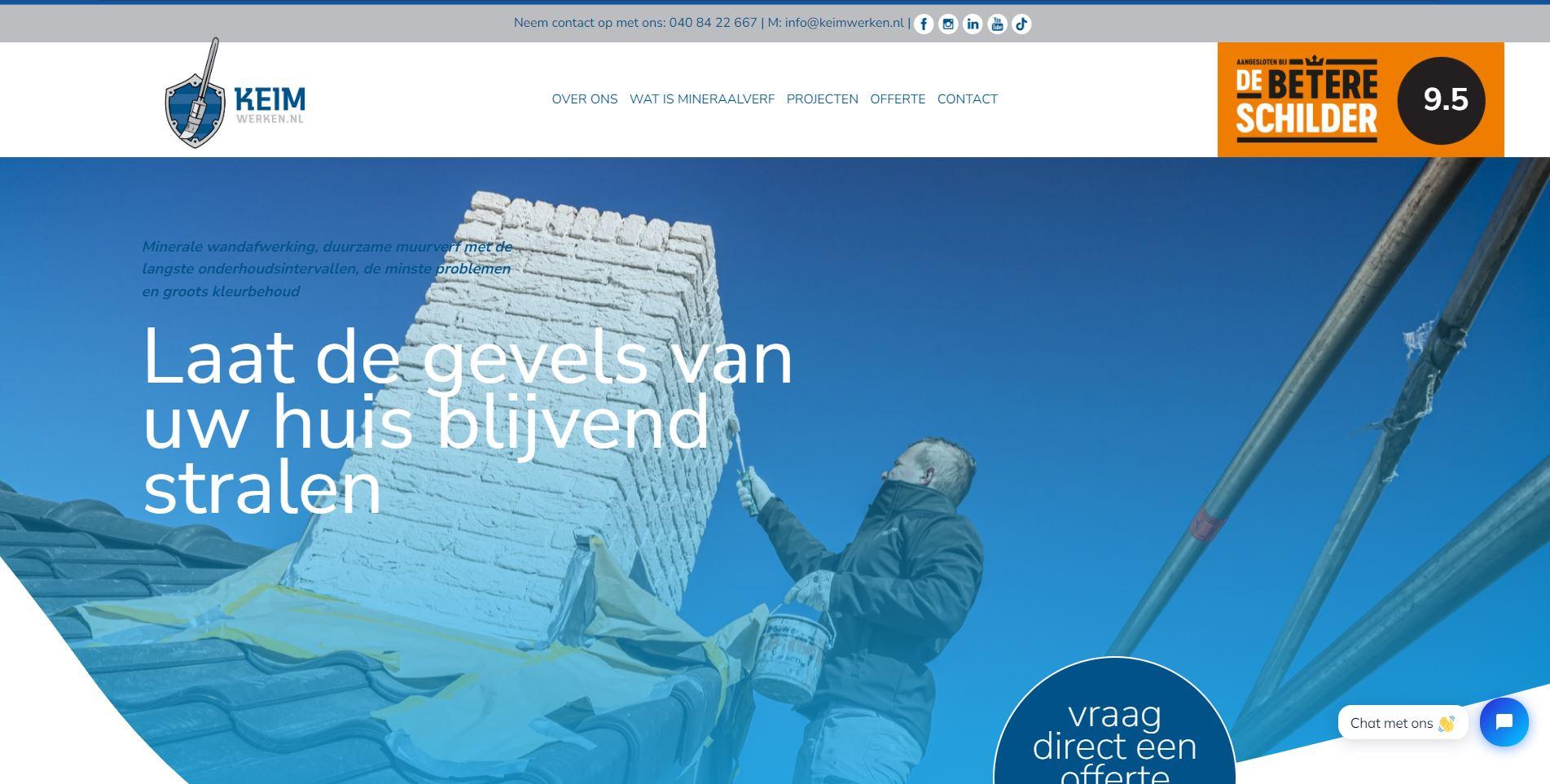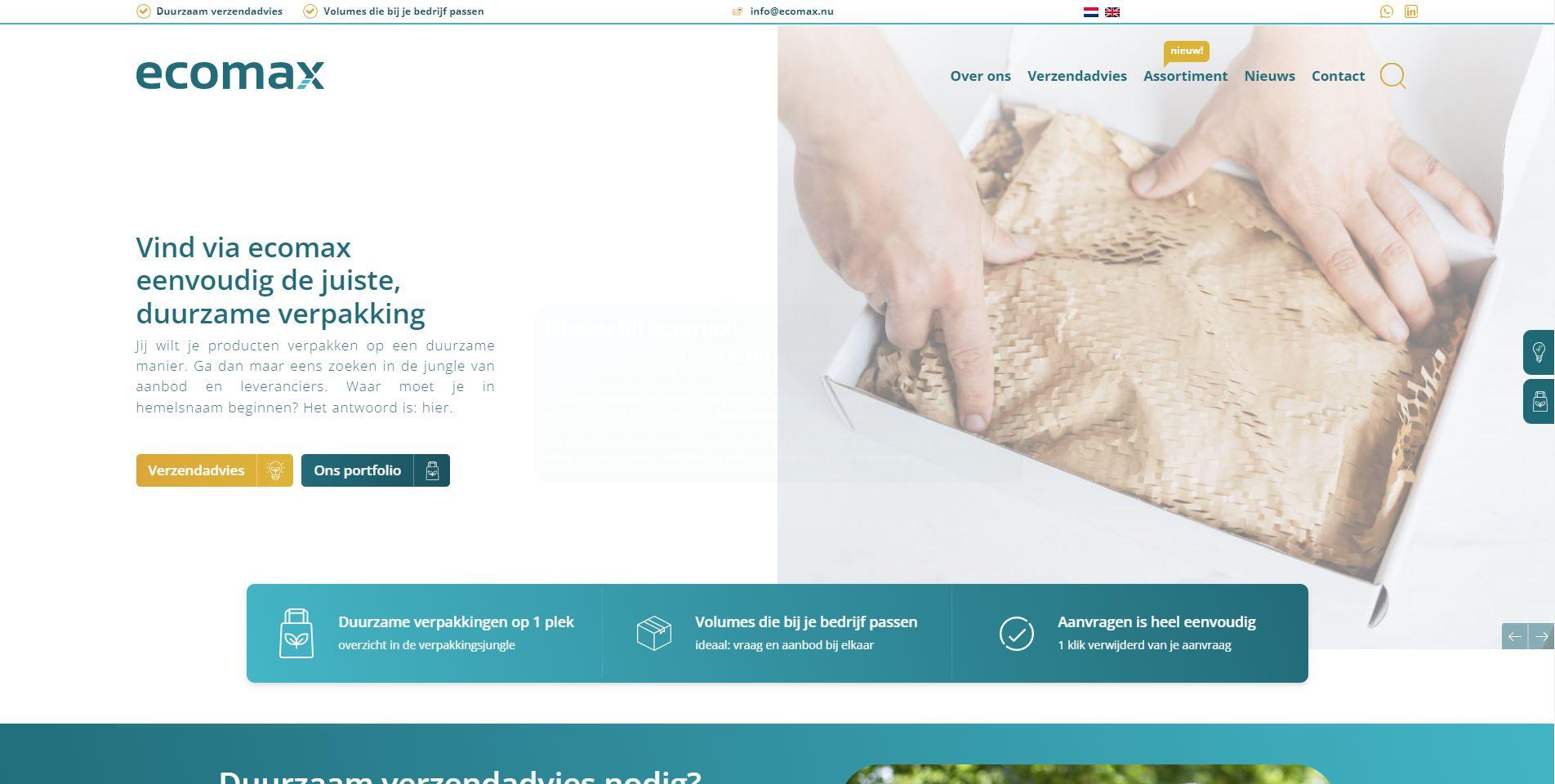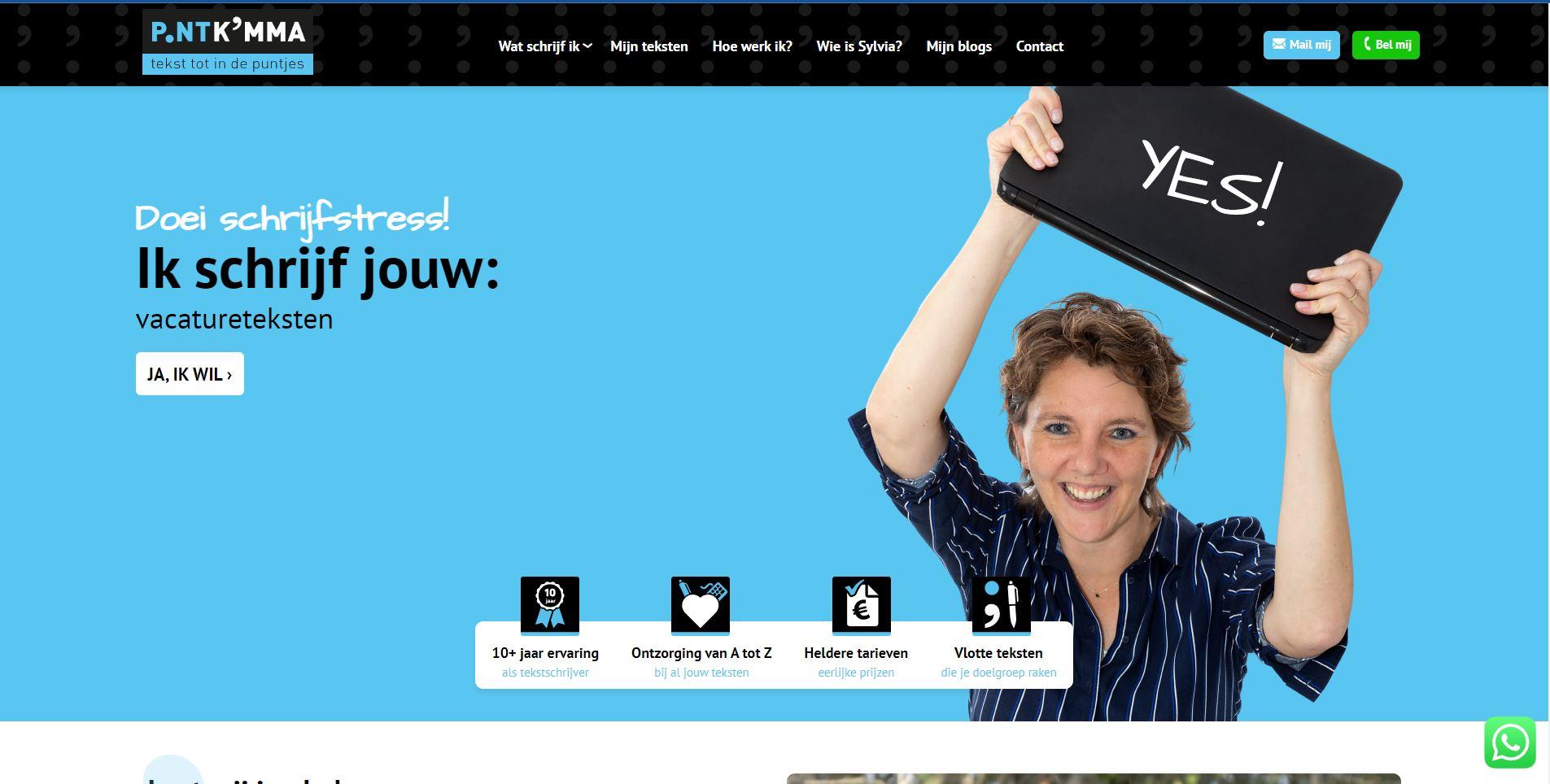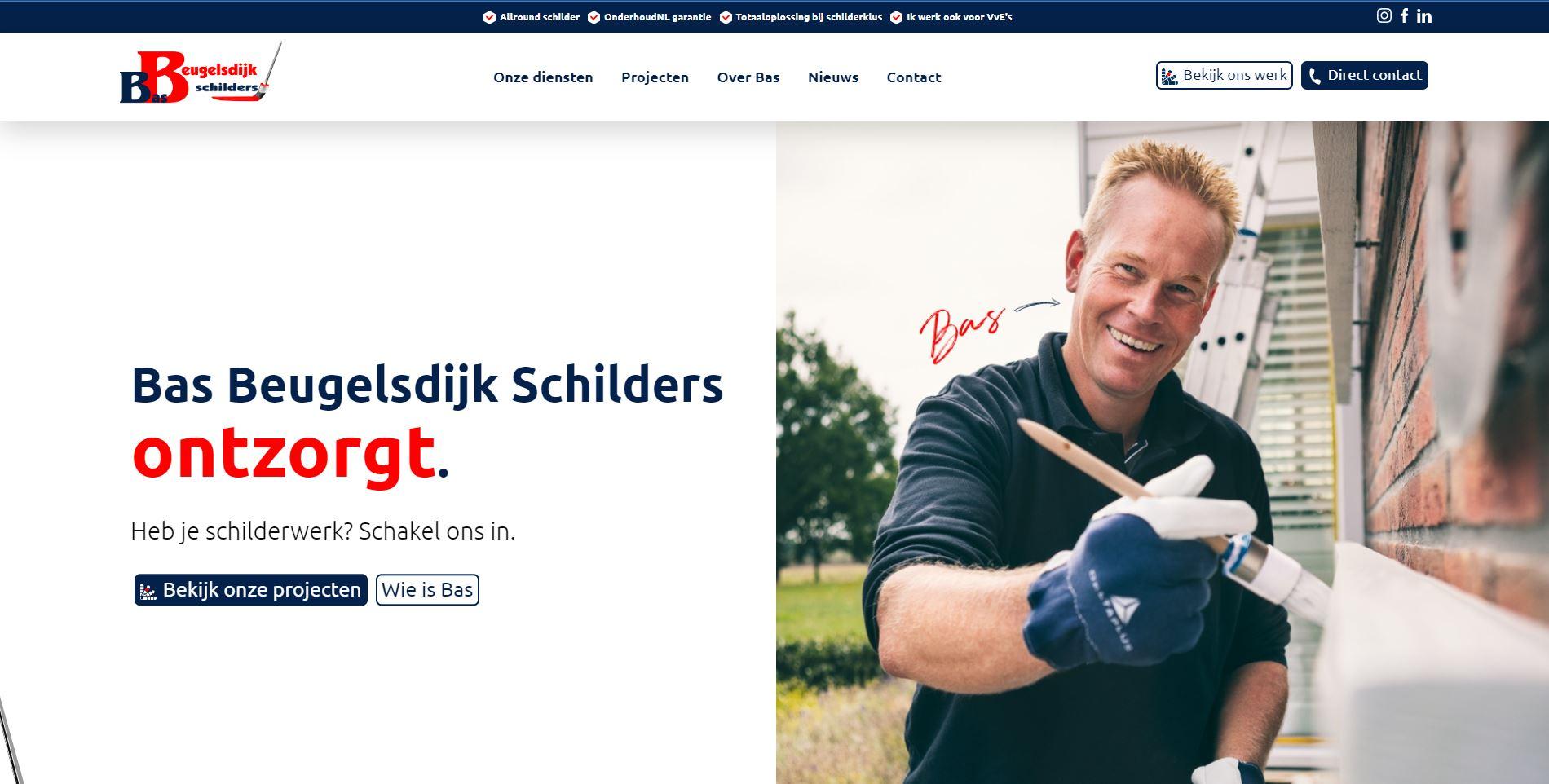Are your email marketing campaigns failing to convert subscribers into paying clients? Fret not, for we have a comprehensive guide to help you turn your emails into powerful tools for client conversion. In this article, we’ll walk you through practical strategies and techniques that will not only engage your audience but also drive them to take action. Let’s dive in!
Introduction: The Power of Converting Emails
In today’s digital landscape, email marketing remains a potent tool for engaging with potential clients. However, the key to success lies in crafting emails that resonate with your audience and drive them to take action. Converting emails have the potential to nurture leads, foster trust, and ultimately lead to increased sales.
Understanding Your Audience
Before embarking on your email conversion journey, it’s crucial to understand your target audience inside out. What are their pain points? What solutions are they seeking? By comprehending their needs and preferences, you can tailor your emails to address their specific concerns effectively.
Crafting Compelling Subject Lines
The subject line is your email’s first impression, and it’s vital to make it count. By incorporating curiosity and relevance, you can entice recipients to open your email and discover what lies within. Keeping the subject line short and impactful ensures that your message doesn’t get lost in a sea of unopened emails.
Incorporating Curiosity and Relevance
“Unlock the Secret to [Benefit] with Our Latest [Product/Service]”
Keeping it Short and Impactful
“Double Your ROI Today!”
Personalization: The Key to Engagement
In the age of personalization, generic emails are often ignored. By employing dynamic content segmentation, you can tailor your messages based on recipient behavior, demographics, and preferences. Leveraging user behavior data further refines your approach, ensuring that each email resonates on a personal level.
Dynamic Content Segmentation
“Discover [Solution] Based on Your Recent Activity”
Leveraging User Behavior Data
“Your [Product/Service] Preferences Have Inspired Us!”
Crafting Valuable Content
Content is king, even in emails. Addressing your audience’s pain points and providing actionable solutions positions you as a valuable resource. Incorporating storytelling creates an emotional connection, making your emails not just informative, but compelling narratives.
Addressing Pain Points and Providing Solutions
“Say Goodbye to [Problem] – Here’s How”
Utilizing Storytelling for Emotional Connection
“Meet [Client’s Name]: How [Solution] Transformed Their [Challenge]”
Call-to-Action: Guiding the Reader
Your emails should lead readers towards a specific action. By using clear and actionable language, you make it easy for them to understand what’s expected. Placing CTAs strategically, whether within the content or at the email’s conclusion, maximizes the chances of conversion.
Using Clear and Actionable Language
“Claim Your [Exclusive Offer] Now!”
Placing CTAs Strategically
“Ready to [Benefit]? Click Here to Get Started!”
Mobile Optimization: Reaching On-the-Go Clients
With mobile usage on the rise, it’s imperative that your emails are optimized for various devices. Responsive design ensures readability on screens of all sizes, while optimizing images and buttons streamlines the user experience.
Responsive Design and Readability
“Seamless Reading Experience, No Matter the Device”
Optimizing Images and Buttons
“Tap into [Benefit] with a Simple Tap of Your Finger!”
A/B Testing: Refining Your Approach
Not all strategies will yield the same results. A/B testing allows you to compare different elements of your emails, such as subject lines, sender names, content, and CTAs. By experimenting with variations, you can fine-tune your approach for optimal conversion rates.
Testing Subject Lines and Sender Names
“Subject Line A/B Test: Which One Gets More Opens?”
Experimenting with Content and CTAs
“CTA Showdown: Which Button Gets the Most Clicks?”
Analyzing and Adapting
Regularly monitoring open rates and click-through rates provides valuable insights into the effectiveness of your email campaigns. Gathering feedback from subscribers and analyzing their responses allows you to make informed improvements and refine your approach over time.
Monitoring Open Rates and Click-Through Rates
“Unlocking the Metrics: How to Measure Email Success”
Gathering Feedback and Making Improvements
“Your Opinion Matters! Help Us Serve You Better”
Conclusion: Elevate Your Email Conversions
In a world inundated with emails, standing out and driving conversions is no small feat. By following the strategies outlined in this guide, you can transform your email marketing campaigns into powerful tools for client conversion. Remember, the journey doesn’t end here. Continuously analyze, adapt, and innovate to ensure your emails consistently deliver remarkable results.
FAQs (Frequently Asked Questions)
Q1: How do I create compelling subject lines that encourage opens? A: Crafting subject lines that combine curiosity, relevance, and brevity can significantly increase open rates.
Q2: What role does personalization play in email conversions? A: Personalized content resonates more with recipients, fostering a deeper connection and increasing the likelihood of conversion.
Q3: How can I optimize my emails for mobile devices? A: Employ responsive design, optimize images, and ensure that buttons are easy to tap for seamless mobile experiences.
Q4: Why is A/B testing important for email marketing? A: A/B testing helps you identify the most effective elements of your emails, allowing you to refine your approach and improve conversion rates.
Q5: How often should I analyze and update my email strategy? A: Regularly monitor metrics and gather feedback to make informed improvements, aiming for continuous optimization.

